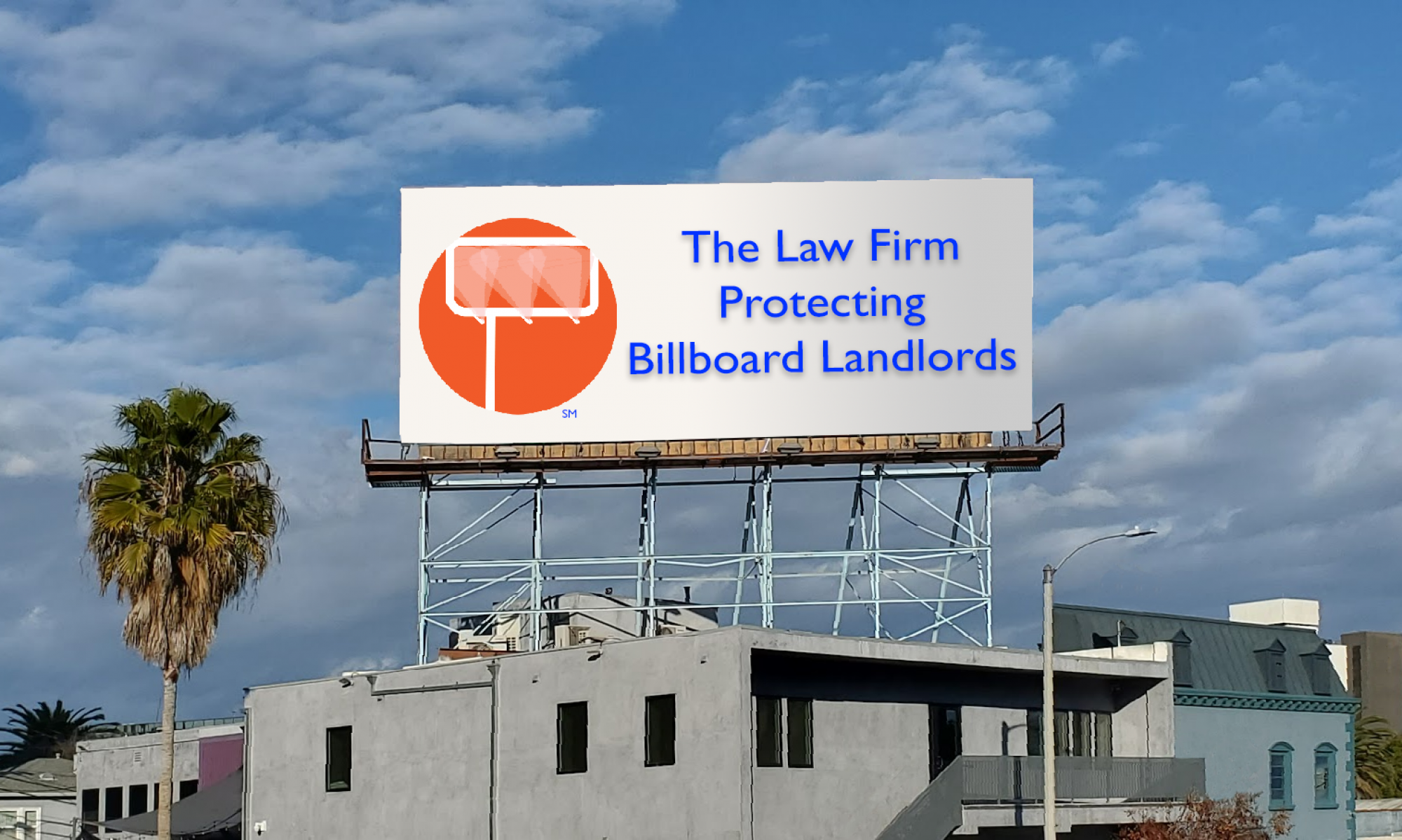“Here be dragons” (in Latin: hic sunt dracones)
If you’ve ever engaged in commercial property leasing, or leasing your property to a cell phone company, you’ll likely know that those leases commonly span a dozen or more pages, plus another dozen pages of exhibits.
That’s not the case with typical billboard leases.
It’s fairly common to see billboard leases provided by the builder take up only one or two pages, yet bind the landlord for 10 or 20 years. This brevity rarely (well, likely never) benefits the landlord. We call these ‘short-form’ sign agreements. They rarely contain much more than a description of the property to be leased, a fixed monthly rent, and the size–and only maybe–a description of the type of billboard. You might not even know whether you’re getting a single-sided billboard or a double-sided billboard at your property.
Some other common short-form terms include landlord prohibitions on blocking the sign from public view. Blockages might trigger unilateral rent reductions if the sign company feels that the landlord is blocking that view (or worse) the blockage comes from a new structure not under the control of the landlord.
A few more short-form terms include attorney and court cost provisions, or as likely a binding arbitration clause.
Isn’t a simple lease better than complicated?
Well, that depends. (Hint: the real answer is NO.)
It depends on whether the property owner simply takes the first offer from the billboard company and doesn’t think about the revenue streams and future opportunities to increase the landlord-side value of the agreement.
For example, what about the revenue received by the billboard company each month for the ads displayed on the sign on your property.
For digital billboards, three key factors are always (say it with me) location…location…location. But other key factors are the length of the advertising contact, the number of displays per month, and the display time of each ad showing.
In a major metropolitan market like Los Angeles, an advertiser might pay the billboard company upwards of $30,000+ per month or more to have his/her ads digitally-displayed on a fraction of once-per-minute rotation. The same, displayed in rotation about once every 4 minutes, might only cost $8,500 per month.
Why should you care about the cost to the advertisers to advertise on the billboard located on your property?
Answer: Because it impacts the overall rent you’ll received from the billboard company. The more the advertising pays, the greater the income for the billboard company. Fixed-rent landlords do not participate in that ad revenue.
Result: Don’t be a fixed-rent landlord.
The smart billboard landlord will require an addendum to the boilerplate short-form lease to also share in a percentage of the revenue produced by the billboard on his/her property. The percentage participation can be many times the base rent each month.
